
Best Grow Lights For Strawberry
- Home
- Best Grow Lights For Strawberry
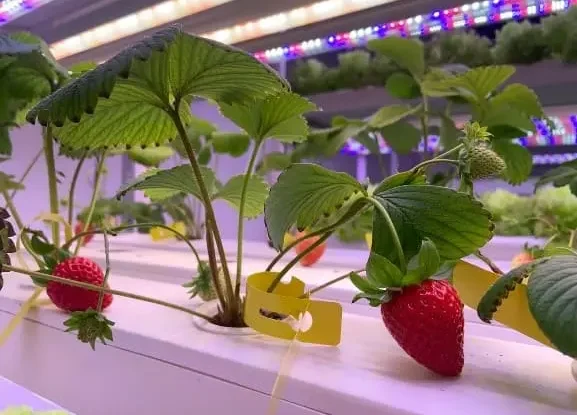
Best Grow Lights For Strawberry
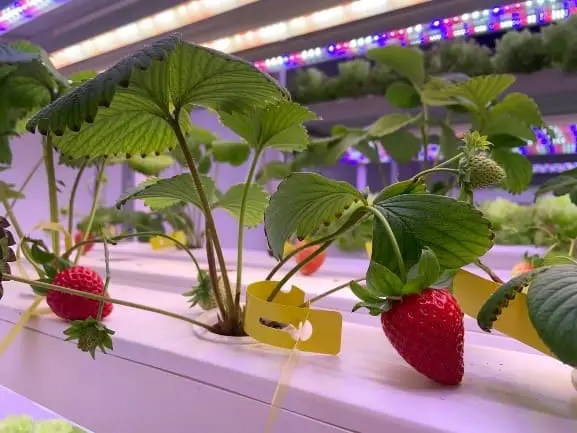
Introduction : When it comes to cultivating strawberries indoors, selecting the right grow lights is crucial for achieving optimal plant growth, development & yield. A thorough understanding of photobiology, encompassing physiological & morphological responses to light, can guide the selection process. Here are key factors to consider when choosing grow lights for strawberries, taking into account their photobiological requirements.
1. Light Spectrum: Strawberries exhibit specific photoreceptor-mediated responses to different wavelengths of light. For robust growth and flowering, choose LED grow lights that provide a balanced spectrum with appropriate ratios of red (R, 600-700 nm) and blue (B, 400-500 nm) wavelengths. Red light stimulates flowering, while blue light promotes vegetative growth. Ensuring a proper blend of R & B wavelengths optimizes photomorphogenic processes in strawberries.
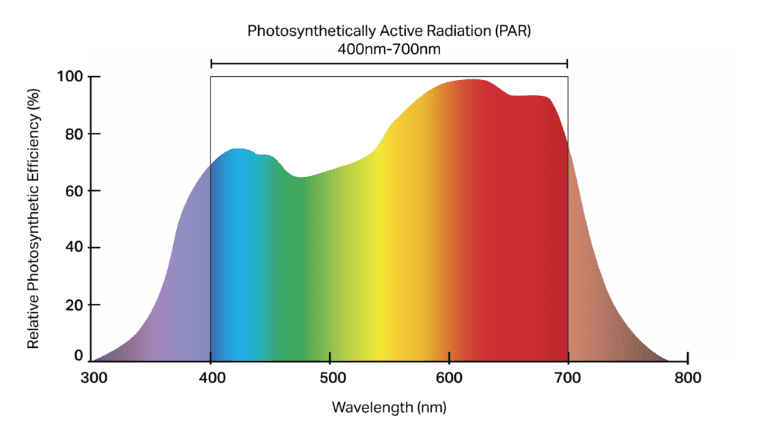
2.Photosynthetic Photon Flux (PPF) : PPF measures the quantity of photons emitted by a grow light that are available for photosynthesis. Look for LED lights with a high PPF value, indicating their capacity to deliver sufficient photosynthetically active radiation (PAR) to drive photosynthesis effectively. This parameter influences strawberry plant growth, carbon assimilation and ultimately, fruit yield. The average Photosynthetic Photo Flux Density (PPFD) requirement for indoor cultivation of strawberries is about 300 to 350 with photoperiod ranging from 14 to 16 hours.
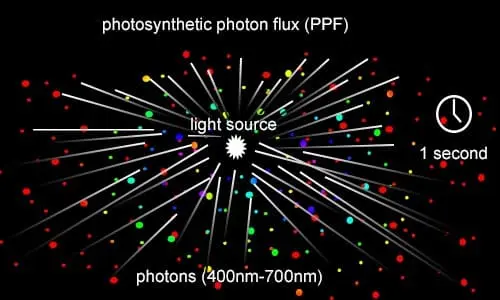
3.Daily Light Integral (DLI): DLI represents the total amount of PAR received by plants in a day which is a critical factor in achieving optimal photosynthesis and growth. Calculate the DLI requirements for your strawberry plants based on their growth stage. Select grow lights that can deliver the necessary light intensity & duration to meet the target DLI values for optimal productivity. The strawberry crop requires an average DLI of 15 to 20 mol/m²/d.
4.Phytochrome Response: Phytochromes are photoreceptors involved in regulating plant developmental processes. In strawberries, a balance between red (Pr) & far-red (Pfr) light is crucial for various physiological responses. Consider LED grow lights that emit both red & far-red light, as this helps maintain the Pr:Pfr ratio, influencing plant architecture, flowering initiation and runnering in strawberries.
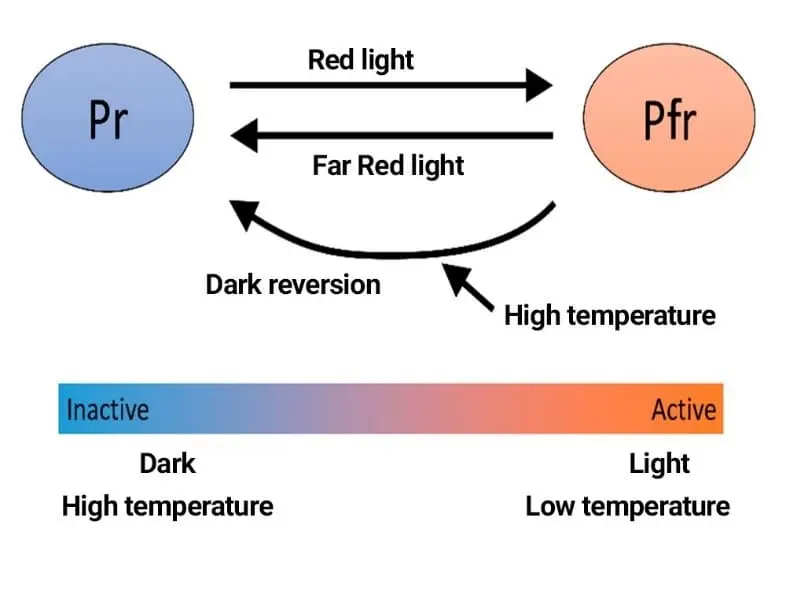
5.Light Uniformity and Distribution: Uniform light distribution across the growing area is essential for consistent plant growth. Choose grow lights that provide even coverage and minimize light gradients, ensuring uniform exposure to light for all strawberry plants. This reduces shading effects, improves photosynthetic efficiency and minimizes variations in plant development.
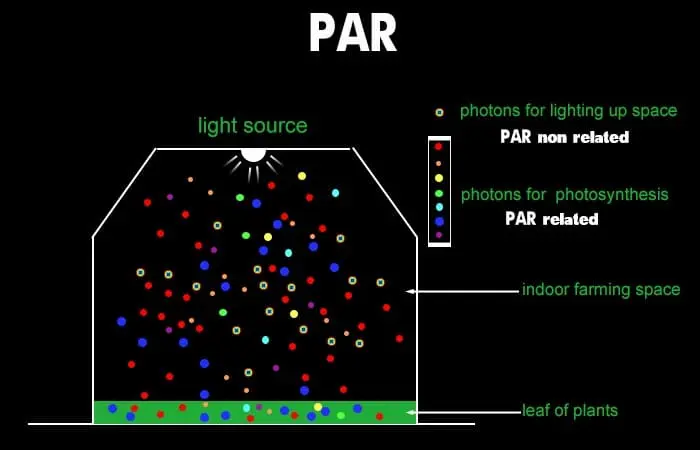
6. Heat Management:: Efficient heat dissipation is vital to prevent heat stress in strawberry plants. Opt for LED grow lights with advanced thermal management systems that effectively dissipate excess heat. This prevents temperature fluctuations, ensuring optimal physiological & biochemical processes thereby safeguarding strawberry crop health.
7.Efficiency and Longevity: Consider the energy efficiency of the grow lights to minimize power consumption. LED lights are renowned for their high efficiency & long lifespan. Investing in high-quality LED grow lights not only reduces energy costs but also ensures prolonged, reliable performance for your strawberry cultivation.
For more information you can reach us on [email protected]
In above article we tried answer following FAQ’s
Which is the best grow light for strawberry?
Strawberry grow lights
Important parameters of plant lighting for Strawberry.
Technical parameters of Strawberry grow lights
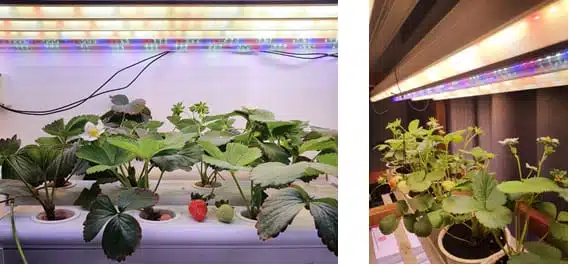
For strawberry enthusiasts, the fresh, homegrown berries the limitations of season. With the help of grow lights, you can cultivate strawberries indoors, year-round. But navigating the world of grow lights can be daunting. Fear not, this comprehensive guide will equip you with the knowledge to select the perfect grow lights for your thriving strawberry haven.
Following are the important pointers you must consider while choosing plant grow light for strawberry
The Light Spectrum Matters: Strawberries, like all plants, require a specific range of light wavelengths for optimal growth and fruit production. This spectrum encompasses both blue and red light, each playing a vital role:
Blue Light (400-500 nm): The maestro of vegetative growth, blue light fuels the development of lush, compact plants.
Red Light (600-700 nm): Red light takes center stage when it comes to flowering and fruiting. It acts as the conductor, encouraging your strawberry plants to burst forth with vibrant blooms and delicious berries.
Modern LED grow lights excel in providing this vital light spectrum. Look for lights that offer a full spectrum, ensuring your strawberries receive the complete light orchestra for thriving growth.
Illuminating Intensity and Coverage: Let There Be Light (Evenly!)
Light intensity and coverage are crucial factors for success. Insufficient light will leave your plants stunted and shy on fruit production. Conversely, excessive light can cause stress and damage. To achieve optimal results, consider these pointers:
Pay heed to manufacturer recommendations: Grow light manufacturers specify a recommended coverage area and hanging height. This ensures your strawberry plants receive the ideal amount of light for even growth across the entire planting area.
Harnessing the Power of LEDs: Efficient LEDs offer a winning combination. They boast high spectral efficiency, translating to more light output (measured in micromoles per joule or μmol/j) with less energy consumption. This translates to lower electricity bills and a greener growing footprint.
Energy Efficiency: With rising energy costs, selecting energy-efficient grow lights is a wise decision. LED grow lights reign supreme in this category. They consume significantly less power compared to traditional options like High-Intensity Discharge (HID) lamps, while still delivering the necessary light intensity for your strawberries to flourish.
The Art of Adjustment: Tailoring Light for Growth Stages: Strawberry plants have different light requirements throughout their growth cycle. Seedlings benefit from moderate light levels, while mature plants entering the fruiting stage require more intense light. Opt for grow lights with adjustable features:
Adjustable Brightness i.e. Intensity: The ability to dim or brighten the lights allows you to mimic the natural light variations experienced outdoors, promoting healthy growth at each stage.
Spectrum Control: Advanced grow lights offer the ability to fine-tune the red and blue light spectrum. This allows you to prioritize vegetative growth during the early stages and then shift the focus towards red light when fruiting becomes the goal.
Managing Heat Dissipation: Heat is a potential adversary for your strawberry plants. Traditional grow lights can generate significant heat, which can stress and damage plants. Here’s where LEDs shine again:
Cooler Operations: LED grow lights typically produce less heat compared to HID lamps. This translates to a more comfortable environment for your strawberries, allowing them to focus their energy on growth and fruit production.
Durability and Lifespan: Investing in quality grow lights ensures long-term success. Look for models constructed from high-quality materials, designed to withstand the demands of indoor cultivation. LED grow lights generally boast a longer lifespan compared to other types of lights, minimizing the need for frequent replacements and maintenance.
Budgeting consideration: High-quality LED grow lights may have a higher initial cost compared to some less-efficient options. However, their energy efficiency, long lifespan, and ability to promote healthier growth often translate to significant long-term savings. Consider your budget alongside the features and benefits offered by different grow light models.
Research and Reviews: Don’t underestimate the power of research! Reading customer reviews and recommendations from fellow strawberry growers offers valuable insights into the performance and reliability of various grow light models. Utilize online resources and forums to gather real-world experiences that can guide your purchasing decisions.
Peace of Mind: Warranty and Support: A robust warranty provides peace of mind. Look for manufacturers that offer a solid warranty on their grow lights. This ensures you can receive assistance or replacements if any unforeseen issues arise with your lights. Reliable customer support is another valuable asset. Opt for manufacturers known for their responsiveness and helpfulness.
If you have any doubt or questions then you can kindly let us know on [email protected].
PLANT GROW LIGHT
LED GROW LIGHT
HYDROPNNNCS GROW LIGHT
BEST GROW LIGHT
LED PLANT GRIOW LIGHT
STRAWBERRY GROW LIGHTS
- Blog Categories
- Basic of Artificial Lighting for Plants
- Basic of grow Light
- Case Studies
- General Awareness
- Indoor Vertical Farming
- Medical Plant Research
- Online Tool
- Pitch Grow Light
- Plant Lighting Measurement
- Speed Breeding
- Supplemental Lighting
- Tissue Culture Grow Lights
- Vertical Green Wall
- LED Grow Lights
- Pharma Segment
- General
Popular Products
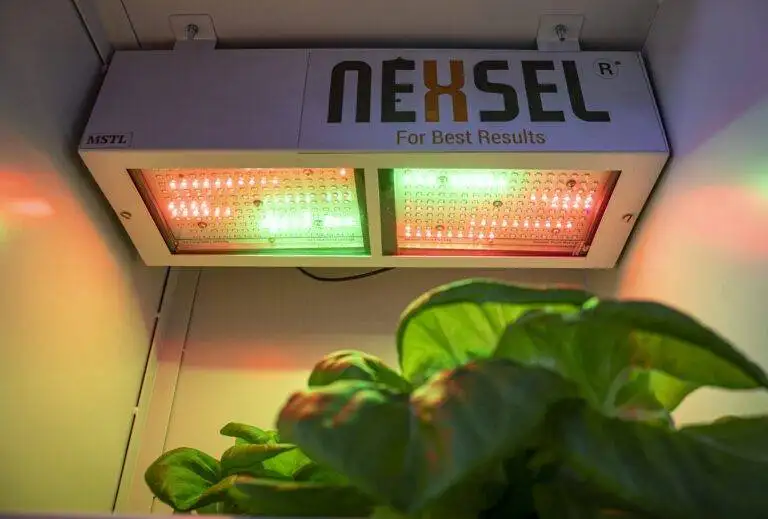
Enquire Now
Quick Link
Other Links
Design & Developed By VBTEK



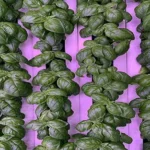
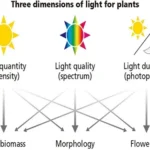
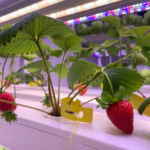
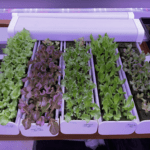
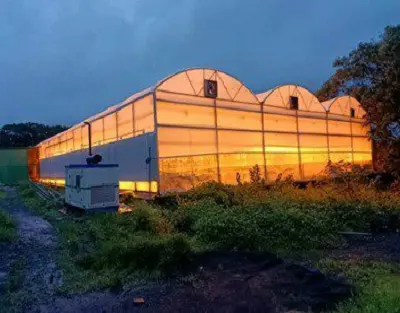
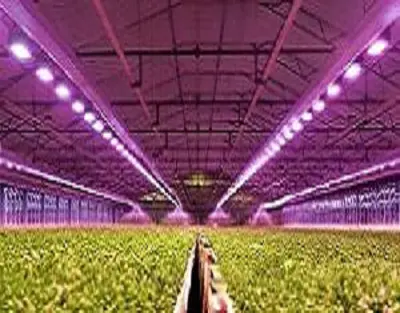
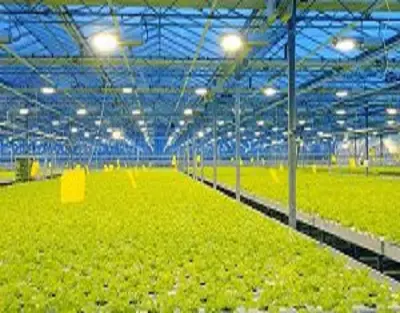

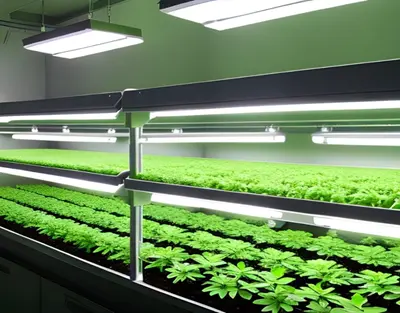
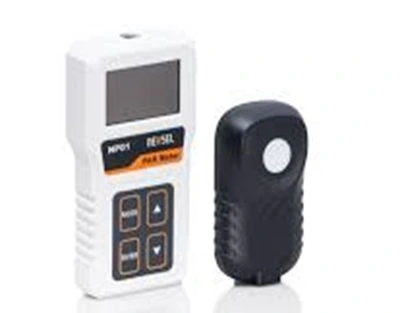
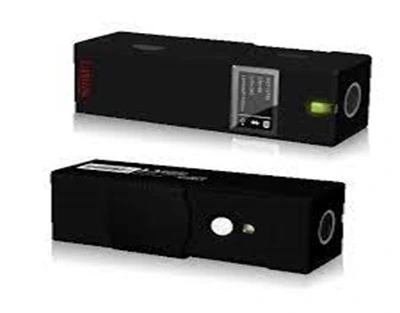
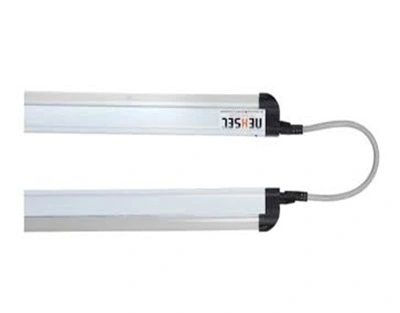
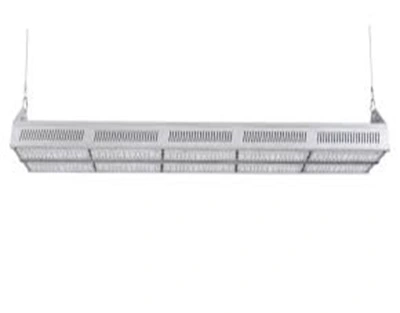
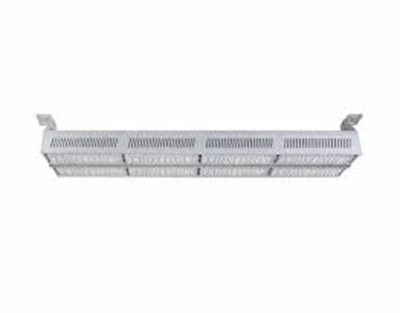
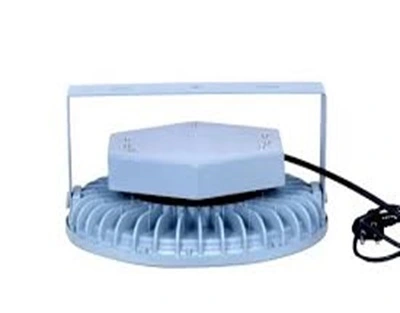
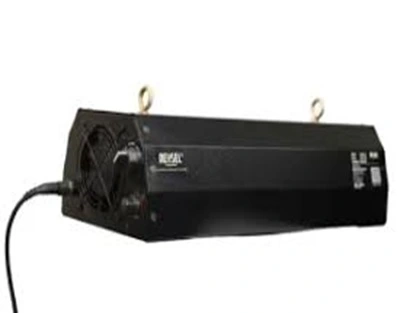
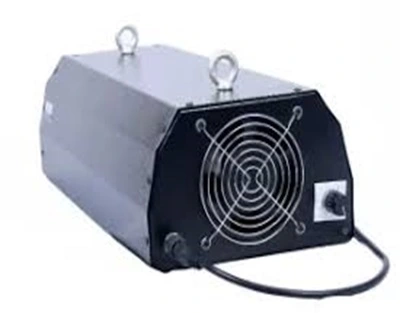
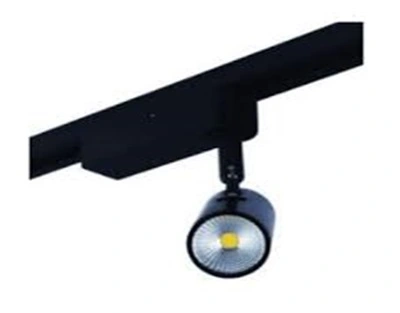
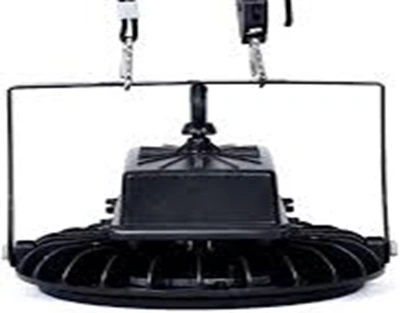
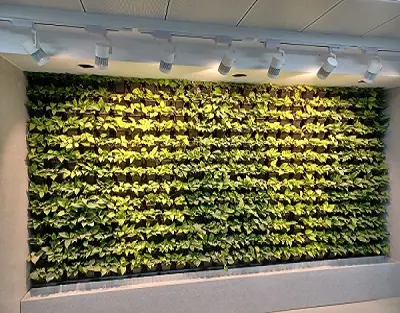
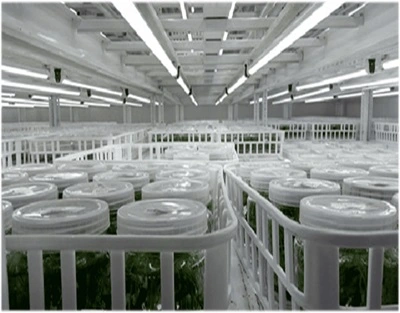
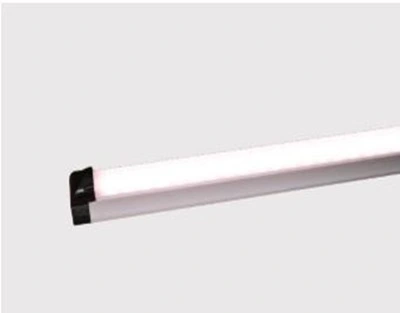
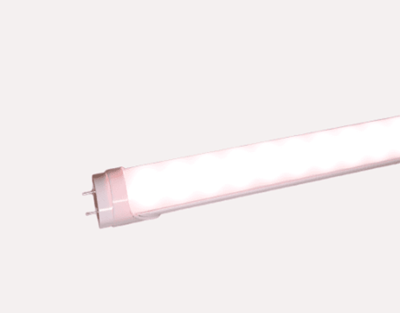
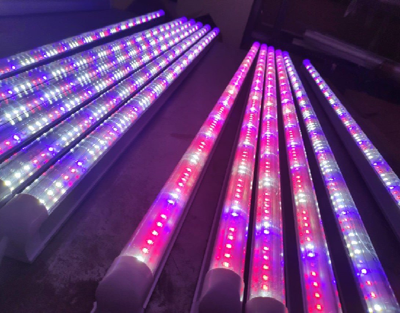
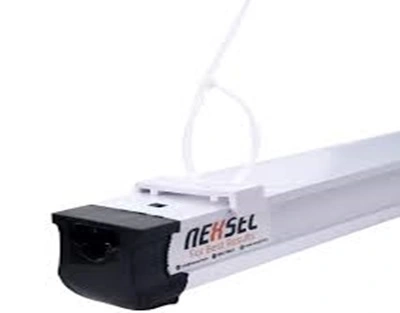
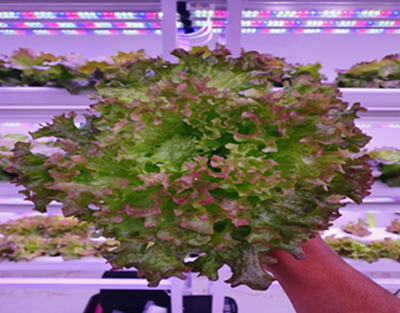
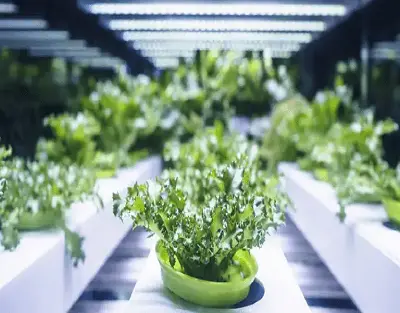
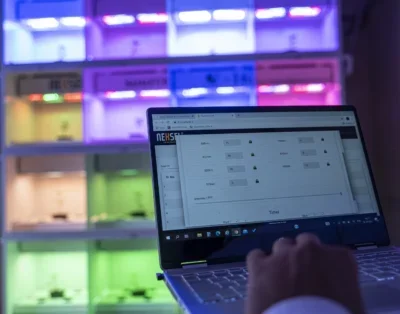


Leave A Comment